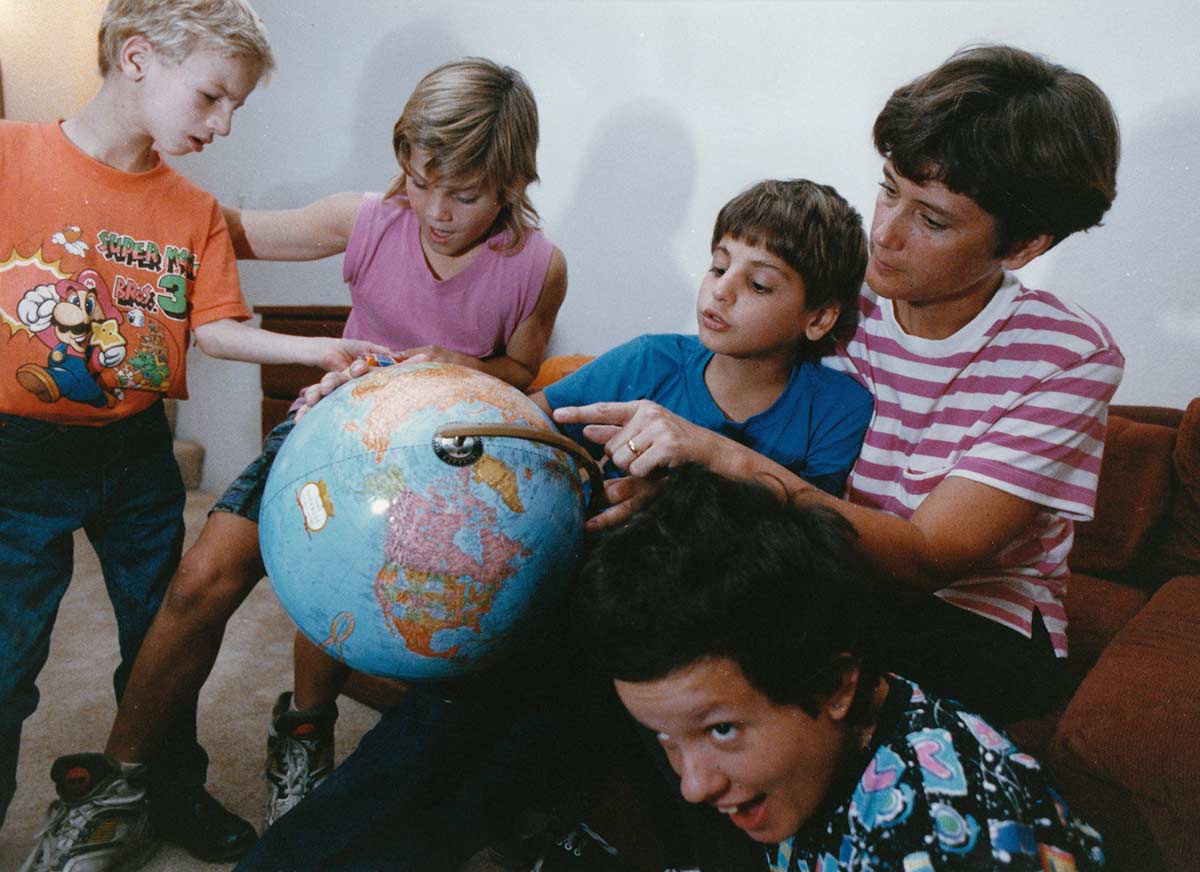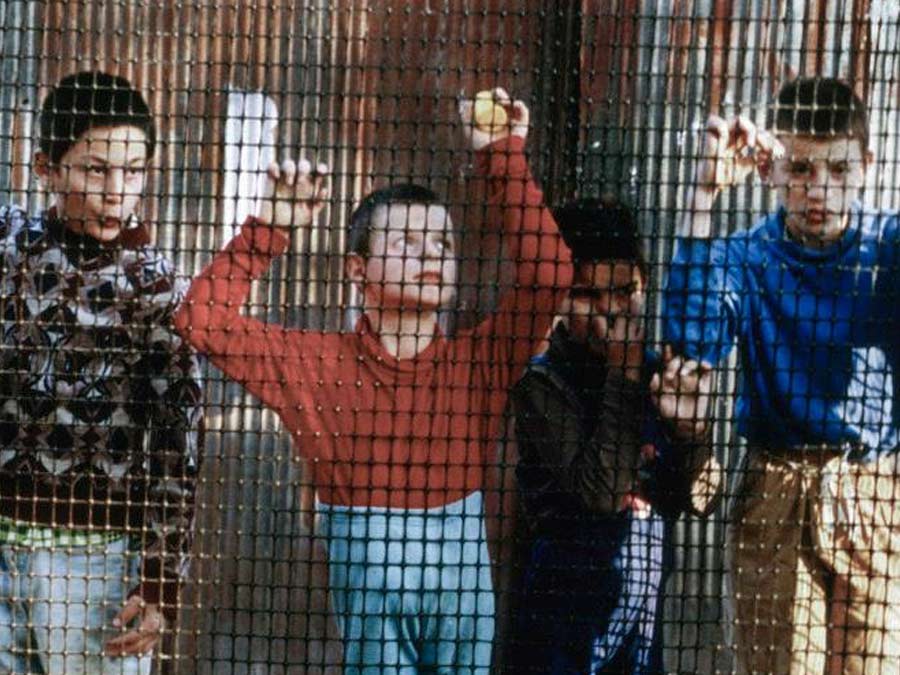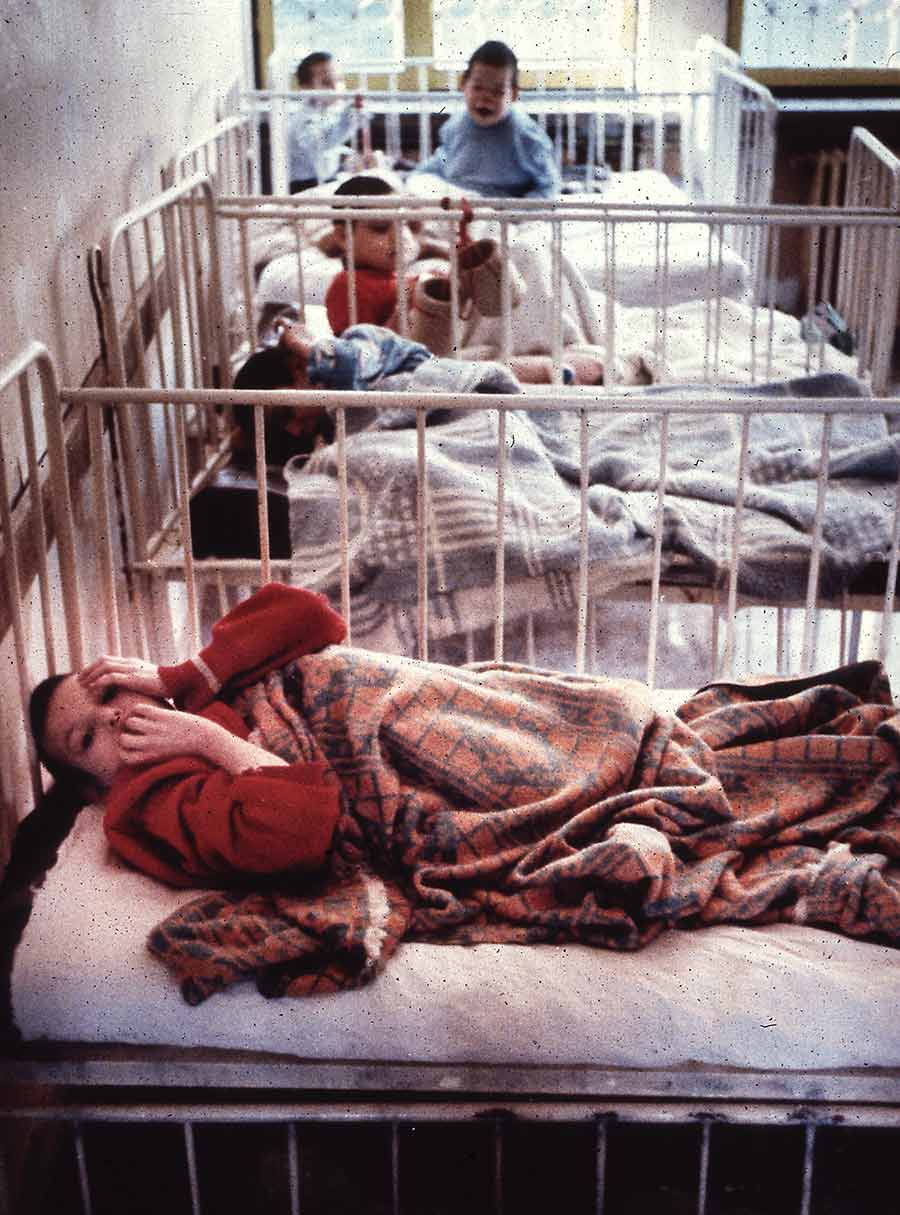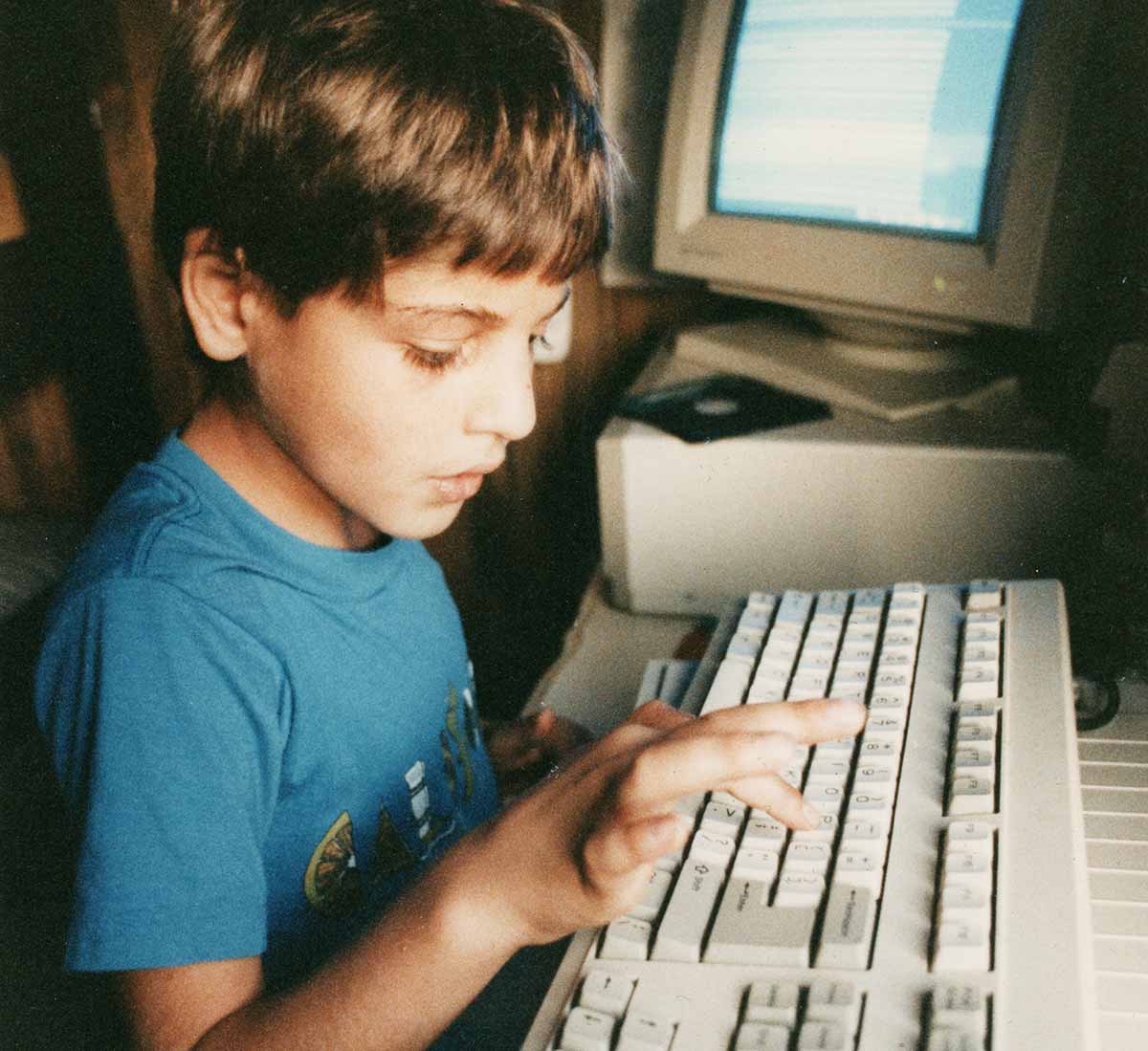Izidor Story, LLC seeks to raise awareness regarding a regularly abused and neglected people group: orphans. Special needs orphans are especially vulnerable to maltreatment. Our passion is to initiate global change in how the world approaches orphans, believing that all children are deserving of dignity, respect, and protection.

Worldwide Orphans
-
According to “household surveys,” UNICEF estimates there are over 140 million orphans globally. Of those, approximately 15 million are “double orphans,” having lost both parents. (Source.)
-
However, these numbers do not include millions of children who are living in institutions, surviving on the streets, conscripted for labor or armed conflict, and victims of trafficking. Vast numbers of these “social orphans” have one or more parents, yet experience life as if they have none. (Source.)
Orphanages
-
Approximately 8 million children live in orphanages or other institutions around the world, yet only 20 percent are double orphans.
-
Research shows orphanages harm children’s cognitive, emotional, and social development.
-
Institutionalization impacts early brain development similar to acute malnutrition or in utero drug exposure. The risk of sexual violence is quadrupled for orphanage children.
-
As young adults, they are 10x more likely to fall into sex work compared to their peers and are 500x more likely to take their own lives. (Source.)


American Orphans
-
In the United States, over 120,000 foster children are waiting for adoptive families. That number grows every year as tens of thousands of children become legal orphans – more than are adopted annually. (Source.)
-
A child’s development is already damaged by the time he enters foster care due to abuse, neglect and/or abandonment. Many children remain in foster care for years on end, adding more trauma.
-
Every year, 20,000+ youth ages 18-21 “age out” of the system, left to fend for themselves. Former foster youth are disproportionately represented in homelessness, unemployment, incarceration, and human trafficking.
Romanian orphans
-
In 1966, Romania’s dictator, Nicolae Ceausescu, issued Decree 770, which outlawed birth control and abortion for any woman under age 40, unless she already had four children. His believed population growth would fuel economic growth.
-
By 1977, all childless people age 25 and above, regardless of sex or marital status, paid an additional monthly tax.
-
People who couldn't afford to raise their children were encouraged to give them to the state to raise. However, the state redirected money and many of the children grew up in horrific conditions. Upon turning eighteen, the sickly and uneducated children were released to the streets or moved to an “old folks home.”
-
On Christmas Day 1989, Ceausescu was executed during the Romanian Revolution. Approximately 100,000 children were in orphanages at that time.
-
In 1990, Western media exposed the orphanages, launching an international adoption phenomenon that rescued thousands of children out of the system.
-
In 2004, Romania closed its doors to all international adoption, citing corruption. It remains closed to this day. (Source.)

